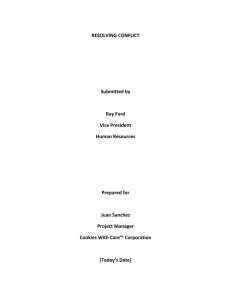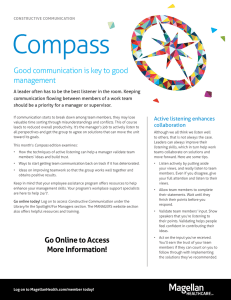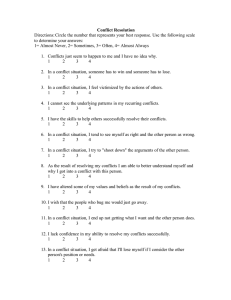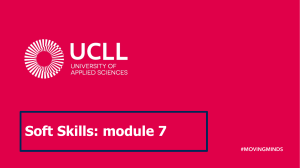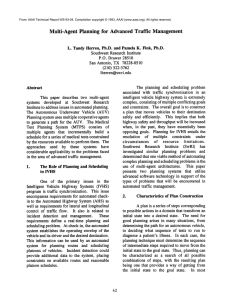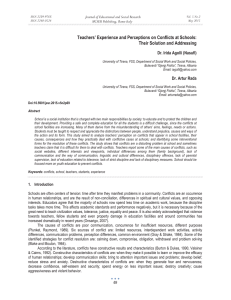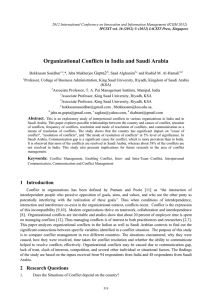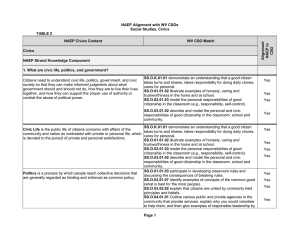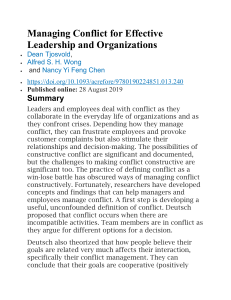Conflict Resolution: Resolving your problems
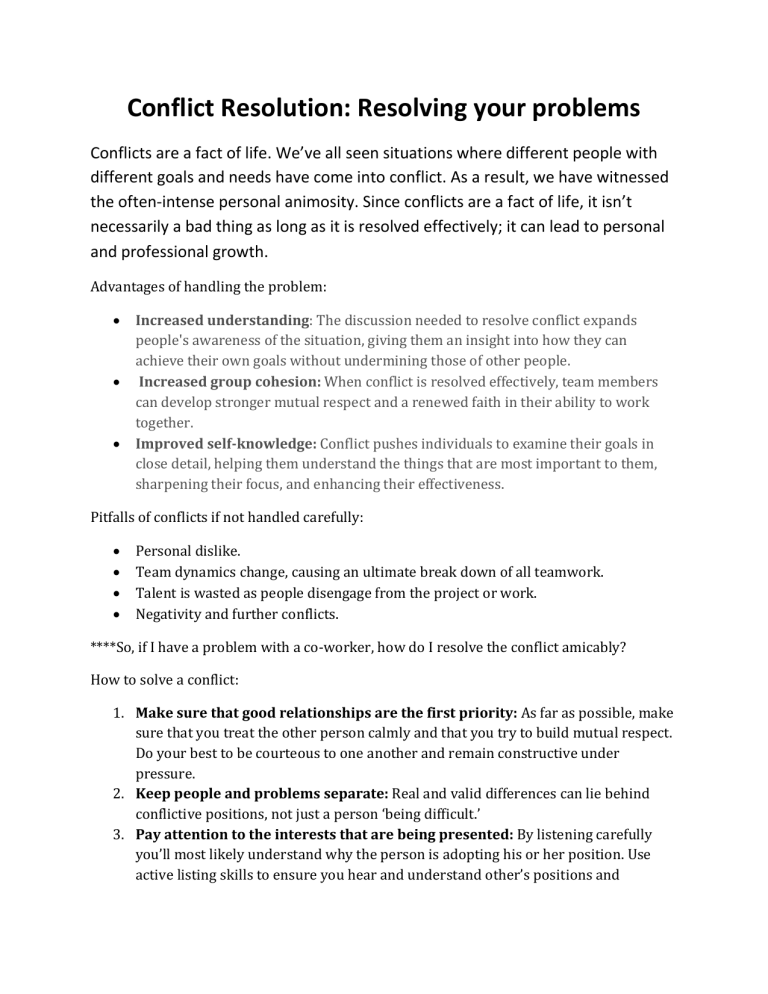
Conflict Resolution: Resolving your problems
Conflicts are a fact of life. We’ve all seen situations where different people with different goals and needs have come into conflict. As a result, we have witnessed the often-intense personal animosity. Since conflicts are a fact of life, it isn’t necessarily a bad thing as long as it is resolved effectively; it can lead to personal and professional growth.
Advantages of handling the problem:
Increased understanding: The discussion needed to resolve conflict expands people's awareness of the situation, giving them an insight into how they can achieve their own goals without undermining those of other people.
Increased group cohesion: When conflict is resolved effectively, team members can develop stronger mutual respect and a renewed faith in their ability to work together.
Improved self-knowledge: Conflict pushes individuals to examine their goals in close detail, helping them understand the things that are most important to them, sharpening their focus, and enhancing their effectiveness.
Pitfalls of conflicts if not handled carefully:
Personal dislike.
Team dynamics change, causing an ultimate break down of all teamwork.
Talent is wasted as people disengage from the project or work.
Negativity and further conflicts.
****So, if I have a problem with a co-worker, how do I resolve the conflict amicably?
How to solve a conflict:
1.
Make sure that good relationships are the first priority: As far as possible, make sure that you treat the other person calmly and that you try to build mutual respect.
Do your best to be courteous to one another and remain constructive under pressure.
2.
Keep people and problems separate: Real and valid differences can lie behind conflictive positions, not just a person ‘being difficult.’
3.
Pay attention to the interests that are being presented: By listening carefully you’ll most likely understand why the person is adopting his or her position. Use active listing skills to ensure you hear and understand other’s positions and
perceptions. (Active listening=provide feedback, defer judgment, show that you’re listening)
4.
Listen first; talk second: To solve a problem effectively, you have to understand where the other person is coming from before defending your own position. Listen with empathy and see the conflict from the other person’s point of view. Try to understand his or her viewpoint and see how your actions may be affecting him or her. Re-evaluate and assess your viewpoints and actions to change the situation for the better.
5.
Set out the “Facts”: Agree and establish the objective, observable elements that will have an impact on the decision. Establish what the problem is you are trying to solve, so you can find a mutually acceptable solution. Sometimes different people will see different problems-if you can’t reach a common perception of the problem, then at the very least, you need to understand what the other person sees as the problem.
6.
Explore options together: If everyone is going to feel satisfied with the resolution, it will help if everyone has had fair input in generating solutions. Brainstorm possible solutions, and be open to all ideas. You may need to negotiate a solution where the solution, to at least some extent, satisfies everyone.
Using this guideline, you can often keep contentious discussions positive and constructive.
This helps to prevent the antagonism and dislike which so often causes conflict to spin out of control. Overall, remember to Be Calm, Be Patient, and Have Respect.



